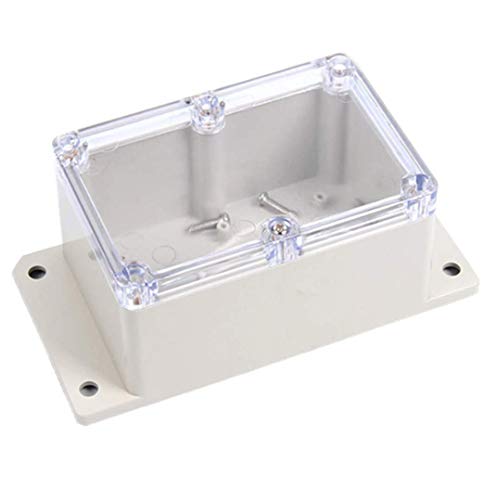Hi all, please bear with me, this is my first shot doing cable calculations for my dad's garage. I'd appreciate a more experienced pair of eyes please!
I'm thoroughly confused with current carrying capacities for SWA cable. Basically the SWA cable I will be using for my dad's garage wiring is already in place. It's 4mm 3-core with 1 of the cores being used as the CPC.
Here's a photo of it.
I'm assuming the correct table to use for this to calculate current-carrying capacity and volt drop is table 4E4A and 4E4B on pages 348-349 of the green book? The cable will be clipped direct for some of it's length and run underground for most of it. As it's effectively a 2-core cable as 1-core is the CPC am I ok to assume 43A as it's current carrying capacity before corrections or should I use the 36A for 3-core? If I can assume 43A then I will use a 40A MCB on the way that feeds it from the house consumer unit (it's on a dual RCD board by the way, or it will be). if not then I'll have to use 32A MCB but obviously this means it may trip if someone draws too much current in the garage.
Working on a 12 metre run supplying a ring main and lighting circuit (38A) I get a maximum volt drop down this cable of 0.012V/A/m * 38A * 12m = 5.472V . Am I right in assuming that this leaves me just 6.9V - 5.472V = 1.428V allowable drop on the lighting circuit in the garage? If so I am going to need to run the lighting circuit in 2.5mm to get the run length that I need without volt drop going over 3%.
I'm allowed 5% on the garage ring mains so that leaves me 11.5V - 5.472V to play with on the garage ring mains, right?
Replacing the cable with 6mm SWA isn't really an option as it's been lock-blocked over now.
I'm thoroughly confused with current carrying capacities for SWA cable. Basically the SWA cable I will be using for my dad's garage wiring is already in place. It's 4mm 3-core with 1 of the cores being used as the CPC.
Here's a photo of it.

I'm assuming the correct table to use for this to calculate current-carrying capacity and volt drop is table 4E4A and 4E4B on pages 348-349 of the green book? The cable will be clipped direct for some of it's length and run underground for most of it. As it's effectively a 2-core cable as 1-core is the CPC am I ok to assume 43A as it's current carrying capacity before corrections or should I use the 36A for 3-core? If I can assume 43A then I will use a 40A MCB on the way that feeds it from the house consumer unit (it's on a dual RCD board by the way, or it will be). if not then I'll have to use 32A MCB but obviously this means it may trip if someone draws too much current in the garage.
Working on a 12 metre run supplying a ring main and lighting circuit (38A) I get a maximum volt drop down this cable of 0.012V/A/m * 38A * 12m = 5.472V . Am I right in assuming that this leaves me just 6.9V - 5.472V = 1.428V allowable drop on the lighting circuit in the garage? If so I am going to need to run the lighting circuit in 2.5mm to get the run length that I need without volt drop going over 3%.
I'm allowed 5% on the garage ring mains so that leaves me 11.5V - 5.472V to play with on the garage ring mains, right?
Replacing the cable with 6mm SWA isn't really an option as it's been lock-blocked over now.
Last edited by a moderator:































































